$17,999
5 Stars
This ‘entry level’ high-end DAC from dCS is close to audio nirvana.
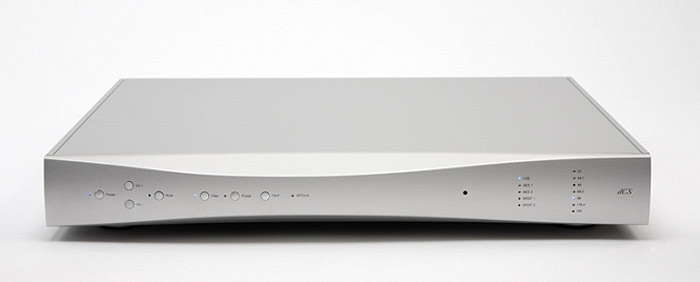 NOT ALL THAT long ago I was declaring to all who cared to listen that I would never hop on this new digital/computer audio bandwagon, proclaiming to be more than happy with my CD collection and besides, I much preferred vinyl as a format.
NOT ALL THAT long ago I was declaring to all who cared to listen that I would never hop on this new digital/computer audio bandwagon, proclaiming to be more than happy with my CD collection and besides, I much preferred vinyl as a format.
Upon hearing the dCS Debussy DAC, albeit in a less than ideal shop setting, I decided that I could probably revise that view and if ever I had a spare 18 grand, I’d buy one without hesitation. In the mean time, I’m making do with my little Rotel DAC, a giant killer in its own right, yet the wee fellow had no choice but to concede its spot on my hi-fi rack to the eminent Debussy.
British company dCS have been making high-end digital audio products of the highest regard for around 25 years. The company started out in military avionics, of all things, before applying that expertise to audio, particularly the digital recording industry, making state-of-the-art analogue-to-digital converters and DACs to be used by studio engineers worldwide. Fortunately for the well-shod audiophile, there was a natural progression into the consumer audio sector. Their products are all designed and hand-built in England with a deeply scientific approach and are rigorously measured and tested before going forth into the world. The Debussy is their entry-level DAC, sitting beneath the Puccini, Paganini and Scarlatti range, but this is a high-end product, no question.
It seems a little strange to be reviewing an $18,000 product and calling it entry level, but there you have it. It may also seem a little unfair (on the Debussy, on my own system and even on me) to be reviewing such a costly and prestigious piece of equipment using my humble system – namely, a Unison Research ‘Unico SE’ valve/MOSFET hybrid amplifier driving a pair of Spendor SP2/3 (the original version) speakers with an ailing second hand laptop performing file duties – but I’m not going to complain (as you’ll see, the results were more than favourable). I was, though, able to use the new Mission EX8000S standmount speakers for listening, and a Myryad MXC7000 CD player as a transport (respective reviews pending).
When I made the pick up, I loaded the double-boxed, near $20,000 Debussy into my near $600 battered and rusty Honda Civic and felt somewhat contemplative as I drove home. I mean, $18,000 for a DAC? There must really be something very special going on in there.
Well, there is something very special going on and I am pleased to report that that something was completely apparent from the moment I unboxed the lovely thing and turned it on.
Build, Features and Setup
The 445mm x 392mm x 65mm Debussy is like a solid hunk of aluminium (available in silver only) weighing 8.8kg and featuring acoustic damping panels which are said to reduce magnetic effects and vibration. It is heavy, solid and quite unassuming looking, though the curved front panel is a nice visual relief from the straight edges of most hi-fi components. There are seven buttons on the front – Standby (the power on/off switch is on the back), volume up, volume down (the Debussy can be used as a digital pre-amp), mute, filter, phase and input select. There are five inputs, each with its own blue LED, and seven input sample rates are available (from 32kHz up to 192kHz) also with corresponding blue LEDs – these also act as volume indicators if using the Debussy as a preamp. There are two sets of outputs, balanced XLR and unbalanced RCA, and the inputs are two AES/EBU XLRs and two SPDIF (1 RCA and 1 BNC) which accept data up to 96kHz and a USB input, operating in asynchronous USB to provide up to 24 bit/ 192KHz sample rates. Regarding the AES inputs, these will accept up to 96kHz but they can also both be connected to a dual AES source, in which case they’ll do up to 192kHz. There is also a BNC World Clock input, so the Debussy can be locked to an external clock (ideally dCS’s own), which is said to give further sonic improvements. Notice there is no optical input. Be aware that there are two USB classes: Class 1 and Class 2. The Debussy is shipped with Class 2 selected and the owner’s manual explains how to switch between the two. Class 2 is probably preferable because it operates at up to 192kHz. A compact disc is provided for PC users to install the necessary drivers – MAC users, you lucky wee devils, have no such concern. Class 1, operating at up to 96kHz, requires no extra drivers.
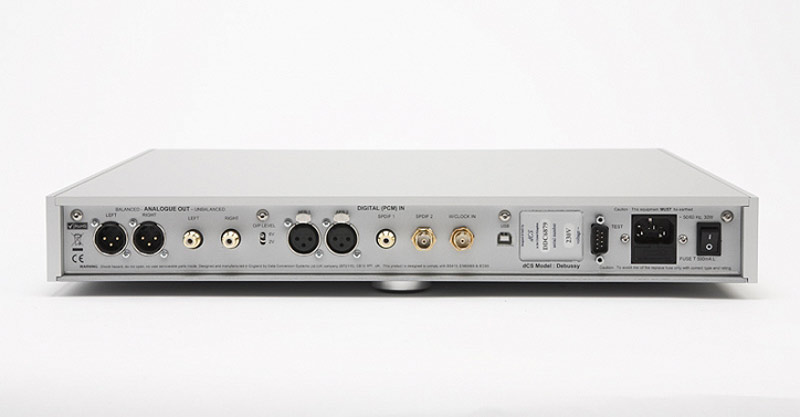 The Debussy uses dSC’s own Ring DAC (also found in their – gulp – flagship models) which oversamples incoming digital signals to “5 bits at 2.822 or 3.07 MS/s” before sending them out in analogue form. This is the latest and improved version of the Ring DAC and dCS use all their own high performance integrated circuitry, so they don’t have to rely on other manufacturers’ components. The balanced output stage is “a discrete, floating design that operates in class A”. It “behaves like a coupling transformer, helping to keep hum and interference out of your music.” When the Debussy first came out it only dealt with sample rates up to 96 KHz but this newer version can handle the full current range thanks to hardware and software upgrades, and any other future software upgrades can be taken care of via computer connection or disc.
The Debussy uses dSC’s own Ring DAC (also found in their – gulp – flagship models) which oversamples incoming digital signals to “5 bits at 2.822 or 3.07 MS/s” before sending them out in analogue form. This is the latest and improved version of the Ring DAC and dCS use all their own high performance integrated circuitry, so they don’t have to rely on other manufacturers’ components. The balanced output stage is “a discrete, floating design that operates in class A”. It “behaves like a coupling transformer, helping to keep hum and interference out of your music.” When the Debussy first came out it only dealt with sample rates up to 96 KHz but this newer version can handle the full current range thanks to hardware and software upgrades, and any other future software upgrades can be taken care of via computer connection or disc.
The two filter options give you the choice between linear phase with pre-ringing (half-band filter) and non-linear phase without pre-ringing (asymmetric, or apodising, filter). It is, of course, up to each individual listener to decide which is preferable, but I have to say I noticed more differences between the two than I did when listening to some other DACs’ filters and of the two, I probably preferred the latter.
Special mention has to go to the Debussy remote control. It is the finest, heaviest (and coldest) little beast I’ve ever had the pleasure of holding in my grubby little hands. (And I thought my mahogany Unico remote was cool.) It is fully featured and easy to operate, made from metal, and if you are ever unfortunate enough to drop it on your toes, you will most likely break them. And the floor.
Site the Debussy on a sturdy rack or shelf, allowing plenty of room at the back for cables, as it is a surprisingly deep unit. Set up is as easy as any DAC: simply plug in the IEC mains cable (the Debussy features an improved power supply, said to run much cooler than usual), plug in your desired digital sources (Turned On Audio very kindly loaned me a lovely Nordost ‘Blue Heaven’ USB cable for feeding signals from my laptop) and connect to your amplifier. Switch on the mains at the back, turn it on at the front and you’re away. I’d recommend letting it warm up for a good 30 minutes to an hour before any serious listening, as the Debussy really does seem to improve the longer it runs.
Sound Quality
It is no wonder I have been receiving death threats from the other Witchdoctor writers – the Debussy is pretty damn extraordinary sounding. From the moment I turned it on and started playing music it was quite obvious that I was in the presence of greatness. Music flooded from the speakers and into the room in glorious velvety waves and ripples and, to incite the wrath of the cliché police, my jaw did drop (actually I lie – my usual reaction is to shake my head in disbelief and mutter hideous expletives in admiration, just like Granny used to do). Nick Cave’s ‘From Her To Eternity’ was the first track I put on, straight from 1998 Best Of CD, and through the Debussy’s RCA SPDIF input. I couldn’t believe what I was hearing – the music was so alive, immediate and raw. The sound was ultra- holographic, almost dead centre across the floor between me and the speakers, the energy of the recording room was electrifying and transients were events in themselves. I could hear every texture and detail possible (at least it seemed so) from within the drum kit; I have strived for some time to get cymbals and drum skins sounding so real in my system. Blixa Bargeld’s sudden abrupt guitar blasts were startling in their urgency and realism and – I know I say it a lot – the guitarist (not to mention his band mates) was there in the room or, to be more specific, whether I was using the Missions or my Spendors, the Debussy made them disappear – there were no speakers, just performers. I was expecting perhaps a clinical sound as a result of all that detail and resolution, but I was pleasantly surprised to be wrong. I would contend that the Debussy is pretty bang on neutral sounding, but it does have a slight analogue flavour and it seems to allay any harshness I’ve previously experienced with some recordings. Above all, it is surprisingly musical and therefore gives the best of both worlds – audiophiles who like to analyse their music as well as those who like to simply listen to their music can make merry – I believe the Debussy will cater for you all. If, listening to, say, the Beatles, you want to hear how Paul and George turned the rattle of a wine bottle, caused by a low organ note, into a musical note – and guess that note (if you’re that clever) – at the end of ‘Long, Long, Long’ or just how many key changes there are in ‘Happiness Is a Warm Gun’ or hear exactly who cried “I’ve got blisters on my fingers!” at the end of ‘Helter Skelter’ (it was Paul; just kidding) or if you’re more the type to simply sit back, close your eyes and take a psychedelic nostalgia trip while merely enjoying the Fab Four’s music as it comes, I wager you will all find the Debussy most efficacious. [You’re quite mad, but we love you – Ed]
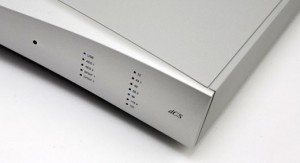 The Debussy had me frolicking through my music collection with gay abandon (CDs and files galore), drooling like a greedy dog over a meaty bone, in anticipation of hearing my music like I had never heard it before. Whites Off Earth Now, the blues infused debut album from the Cowboy Junkies was stunning, drawing me in with glistening guitar notes and actual metallic-sounding cymbals. I could hear individual strings rattling against fret boards, the creaking of chairs as the performers shifted in their seats, the drums were intricately textured and Margot Timmons’ vocals swam languidly from her lips with splendid delicacy. I could hear every sonic colour, texture and subtle nuance within the recording and images were stunningly holographic. Yet despite all this ultra-detail, the Debussy remained benevolent and inoffensive, analogue in character and extremely soothing. It could be delicate and detailed but also exciting and immediate when called upon, giving a full-bodied, dynamic performance. Pitch Black’s amazing album Rhythm Sound and Movement – Rude Mechanicals Remixes was stunning, with electronic sounds swimming and flitting about the room and deep, precise bass pummelling the music along. If I closed my eyes I could imagine myself being propelled through a vast, endless tunnel of sound, complete with colours and lights and images – kind of like a Media Player visualisation but three dimensional and way cooler.
The Debussy had me frolicking through my music collection with gay abandon (CDs and files galore), drooling like a greedy dog over a meaty bone, in anticipation of hearing my music like I had never heard it before. Whites Off Earth Now, the blues infused debut album from the Cowboy Junkies was stunning, drawing me in with glistening guitar notes and actual metallic-sounding cymbals. I could hear individual strings rattling against fret boards, the creaking of chairs as the performers shifted in their seats, the drums were intricately textured and Margot Timmons’ vocals swam languidly from her lips with splendid delicacy. I could hear every sonic colour, texture and subtle nuance within the recording and images were stunningly holographic. Yet despite all this ultra-detail, the Debussy remained benevolent and inoffensive, analogue in character and extremely soothing. It could be delicate and detailed but also exciting and immediate when called upon, giving a full-bodied, dynamic performance. Pitch Black’s amazing album Rhythm Sound and Movement – Rude Mechanicals Remixes was stunning, with electronic sounds swimming and flitting about the room and deep, precise bass pummelling the music along. If I closed my eyes I could imagine myself being propelled through a vast, endless tunnel of sound, complete with colours and lights and images – kind of like a Media Player visualisation but three dimensional and way cooler.
Even my usually pretty awful-sounding (due, in my opinion, to hideous levels of compression causing searing high frequencies and listener fatigue – or maybe I’m just not a true Zeppelin fan?) Led Zeppelin’s Led Zeppelin CD was much easier to listen to. I don’t think the Debussy covers up anything – it is very revealing and transparent – it is more likely that the extra detail and spaciousness, which I’d never experienced before with this album, distracted a little from the bright treble, which remained and still annoyed me if I allowed it to.
Whether I was listening to the jazz of the Bill Evans Trio’s Waltz For Debby on 24/192 FLAC or the metal of Beast War’s breathtaking self-titled debut on 44.1, the Debussy took everything in its stride, never favouring a particular genre. The former’s delicate piano notes, shimmering cymbals and graceful beauty had me captivated while the latter’s heavy-riffing wall-of-guitars was majestic, powerful and never overwhelming.
Speaking of 24/192 FLAC, if ever I had any doubts about the difference in quality between high resolution and standard CD quality files, they were immediately dispelled by the Debussy. While CDs sounded simply stunning, high resolution material fed from my computer’s hard drive was even more lush and fluid-sounding, with greater depth and spaciousness to the soundstage and still better detail retrieval, without ever becoming analytical and harsh. If you want to see what your high-res files are actually capable of, here is your answer. This is probably the closest I have come so far to hearing my music sound so near to the real thing (that being a live performance, either on a stage or in a studio). Imagine matching the Debussy to a system where each component cost around the same or, indeed more importantly, at least had the same level of resolution. That would surely have to be audio nirvana.
I found myself listening to music long past my bedtime, utterly addicted to the Debussy and its near-analogue sound, the gloriously spatial soundstage and all those textures and layers with the music sounding better and better as the unit warmed up. When I returned to ‘From Her To Eternity’ after a long listening session I was surprised to hear even more depth and detail, immersing me even further into the music than the first time.
Conclusion
It has been said, and for good reason, that taking psychedelic drugs will forever change the way you see the world; nothing will seem the same again. I would apply that same assertion to the Debussy – it will change the way you hear your music, forever. (Or at least until something better comes along.)
The dCS Debussy transforms a humble digital signal – whatever the resolution – into a captivating musical event, right there in your listening room. It is musical, ultra-revealing, ultra-holographic, profoundly real sounding and, importantly, it is exceptionally well designed and constructed, clearly by people with an absolute passion for the highest quality reproduction of music. The option of using it as a digital preamp makes the Debussy even more desirable for those who want a simple and all-digital system. If it wasn’t for the colossal price tag, I would probably give this DAC 6 stars out of 5. Most highly recommended. ANDREW BAKER

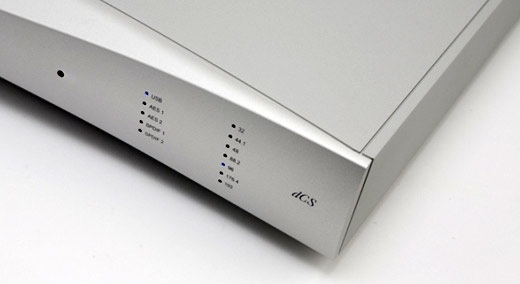


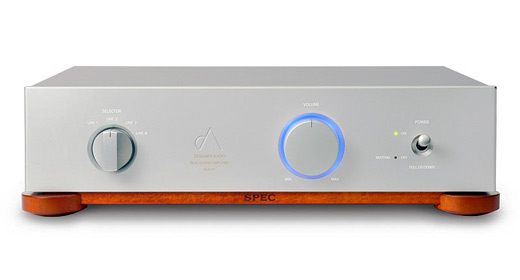
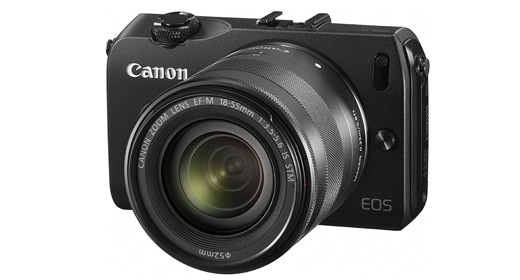
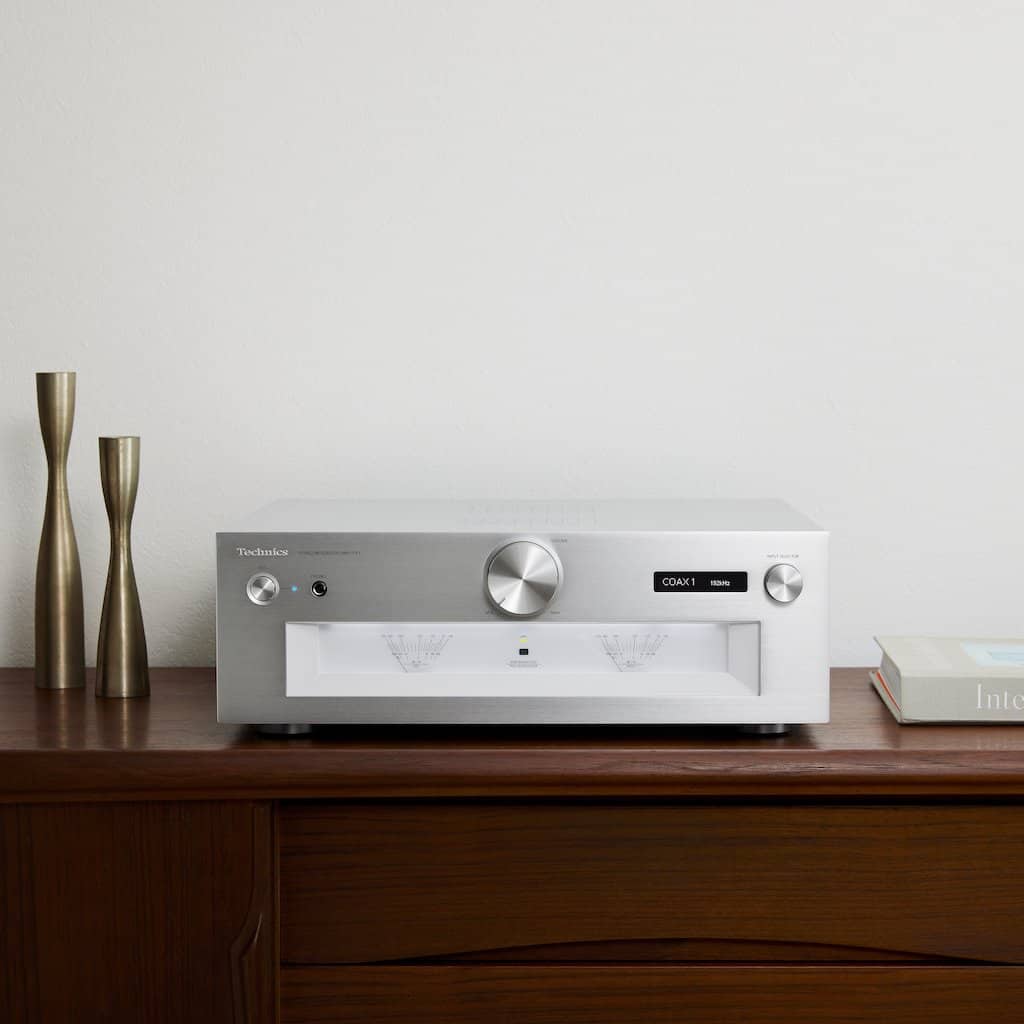
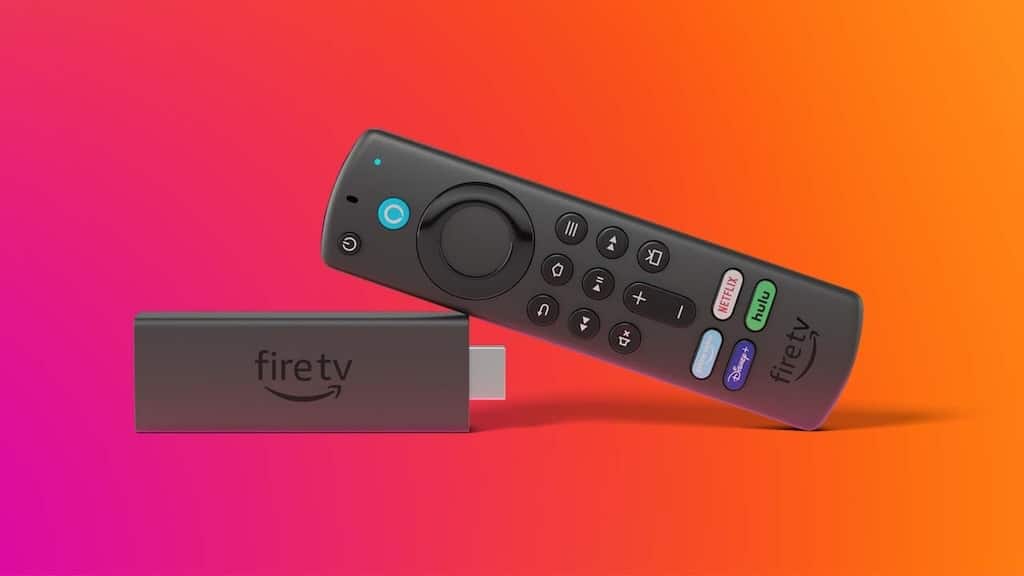
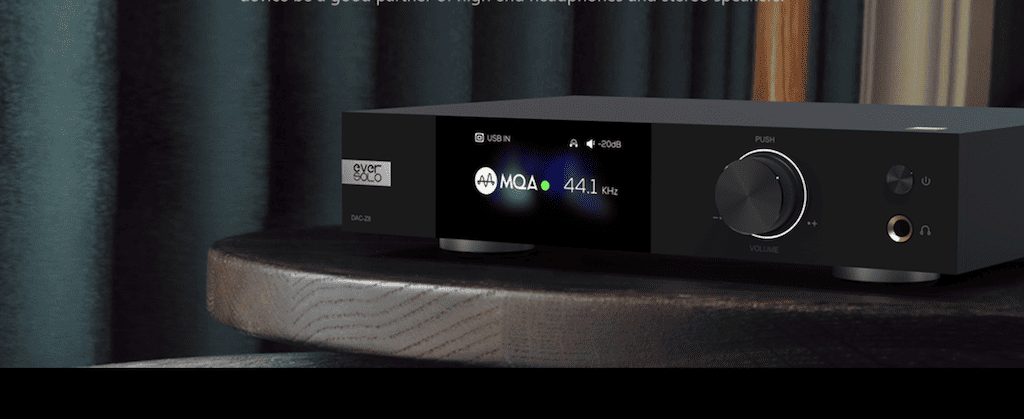
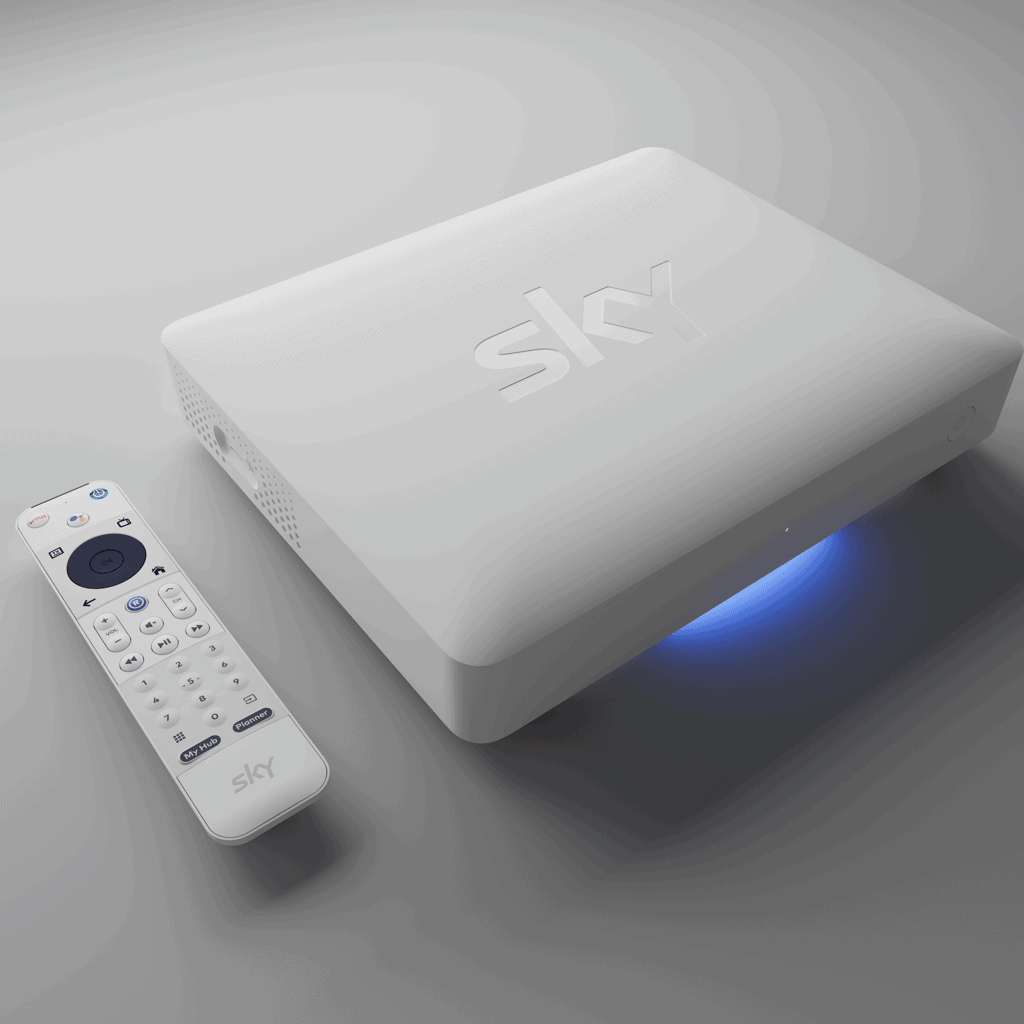
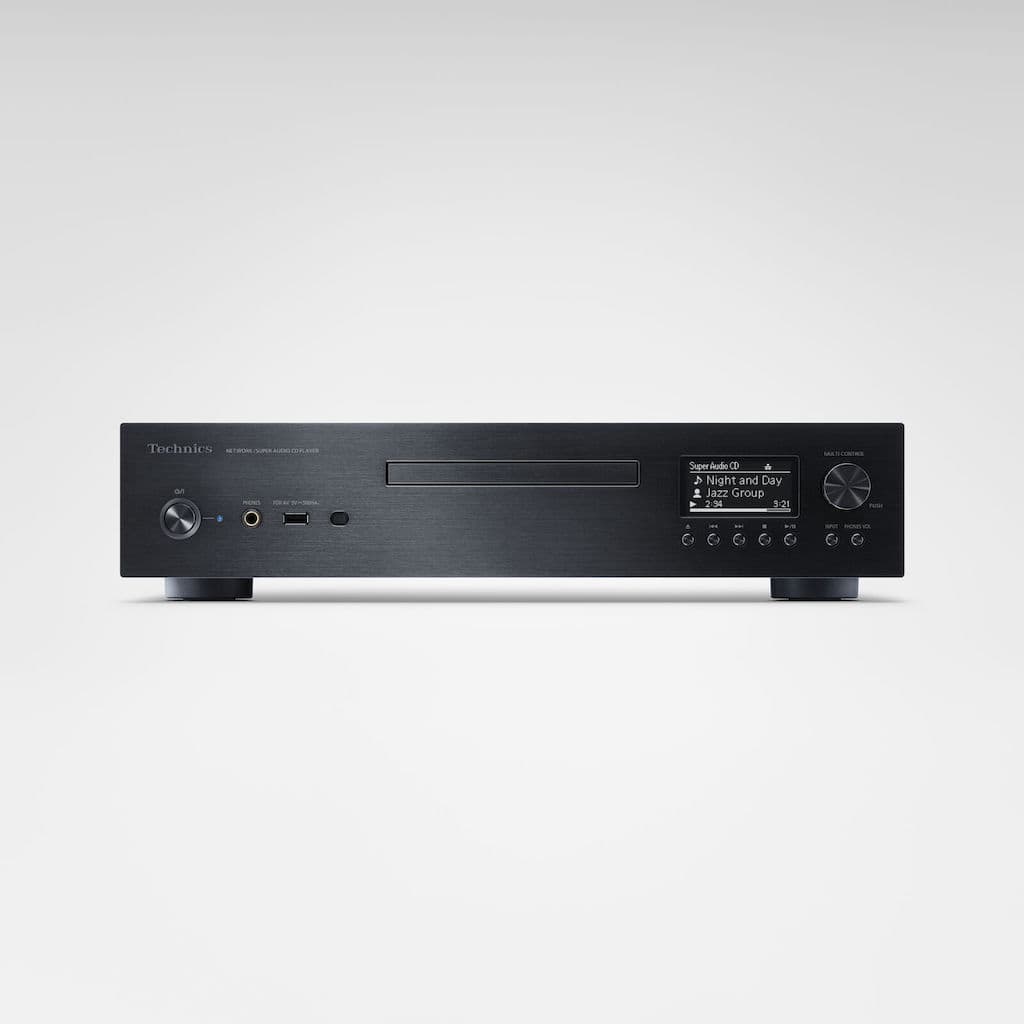

Grandma always did have a foul mouth….. She had some mighty fine hoon too though